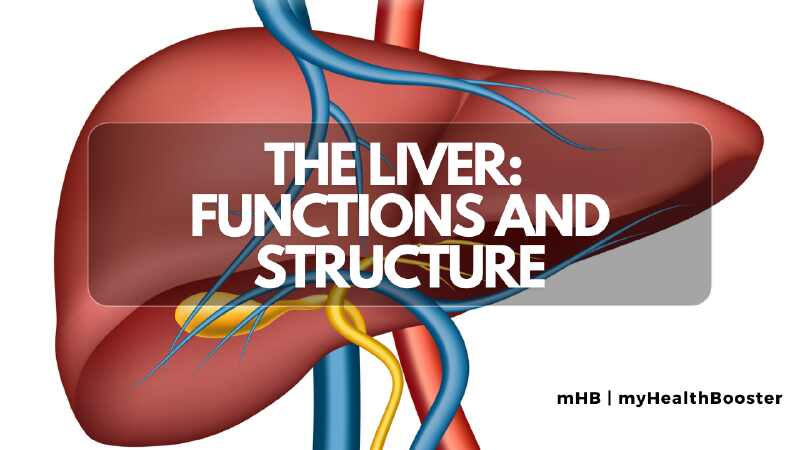Key Facts of The Liver: Function and Anatomy
The liver, the body’s largest internal organ, performs vital functions such as protein synthesis, blood clotting, triglyceride and cholesterol production, glycogen synthesis, and bile generation. Explore the various diseases affecting the liver, from infections like hepatitis to cirrhosis and cancers, along with symptoms such as jaundice, abdominal pain, confusion, bleeding, fatigue, and weight loss. Learn about the hepatotoxic effects of alcohol, a common cause of liver disease, and the liver’s crucial role in metabolizing toxins, drugs, and medications.
The Liver: Functions
Delve into the multifaceted functions of the liver, where hepatocytes play a pivotal role in synthesizing proteins, cholesterol, and triglycerides, as well as in carbohydrate production and bile formation. Understand the liver’s detoxification process, converting ammonia into urea, breaking down medications, and metabolizing hormones like insulin. Explore the liver’s storage of vital vitamins and chemicals, including B12, folic acid, iron, vitamins A, D, and K, serving as essential building blocks for the body.
Liver: Organ and Gland
Uncover the dual nature of the liver as both a vital organ and a gland, secreting chemicals crucial for various bodily functions, making it the largest internal organ in the human body.
Symptoms and Signs of Liver Disease
Identify potential symptoms of liver disease, ranging from abdominal pain and jaundice to bleeding, fatigue, and weight loss. Understand how liver disease can impact hormones, leading to conditions like gynecomastia in men and ascites (fluid accumulation) in the abdominal cavity. Explore the correlation between liver disease and confusion due to elevated ammonia levels in the blood.
The Liver: Location and Appearance
Gain insights into the liver’s two-lobed structure and its rich blood supply from the portal vein and hepatic artery. Understand the significance of the biliary tree in collecting and transporting bile for digestion, both intrahepatic and extrahepatic.
Liver Disease Causes: Fatty Liver, Cirrhosis, Hepatitis, and Infections
Explore the causes and distinctions of fatty liver disease, cirrhosis, and hepatitis, including their associations with alcohol abuse, infections, and genetic disorders. Understand how medications, toxins, genetics, and cancer can contribute to liver diseases, along with specific examples and their effects.
Diagnostic Measures: Liver Function Blood Tests and Biopsy
Learn about liver function blood tests as diagnostic tools for liver inflammation, and understand the significance of a complete blood cell count, hepatitis virus screen, and blood clotting tests. Discover the role of ultrasound and CT scans in assessing liver anatomy, with occasional necessity for a liver biopsy to evaluate disease severity.
Preventing Liver Disease
Explore preventive measures, including moderate alcohol consumption, minimizing exposure to hepatitis B and C, and vaccination against hepatitis A and B. Understand the importance of maintaining a healthy weight and a balanced diet to reduce the risk of developing fatty liver disease.
Expert Care for Liver Health
Discover the diverse range of medical specialists involved in the treatment of liver diseases, from primary care physicians to gastroenterologists, hepatologists, infectious disease specialists, surgeons, oncologists, critical care specialists, hematologists, and emergency medicine specialists.
